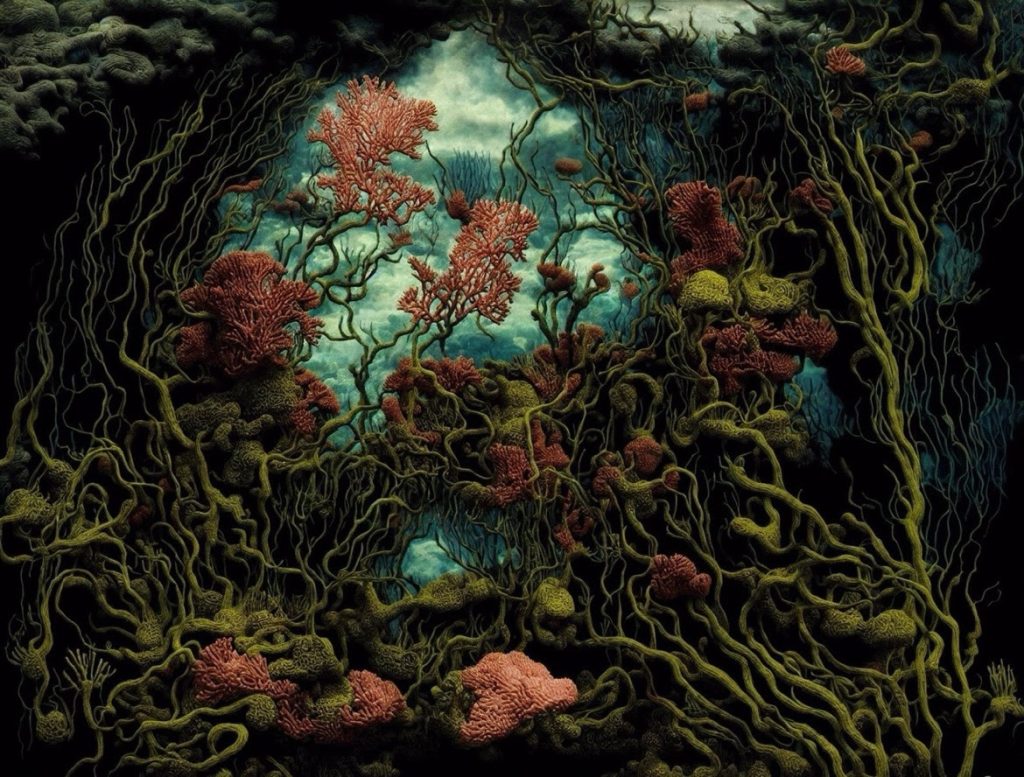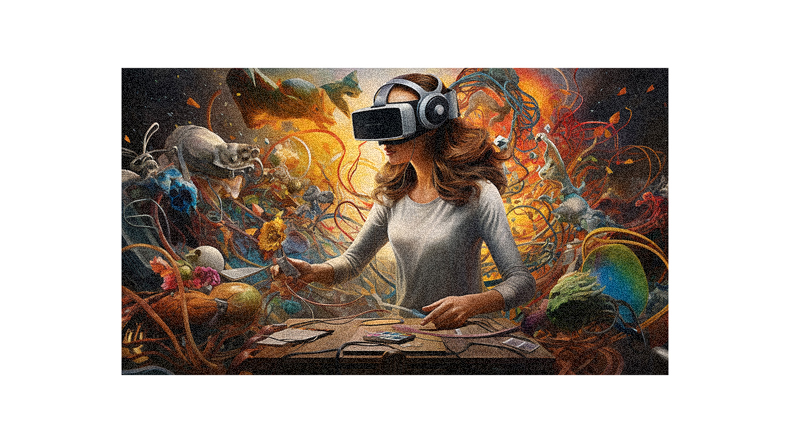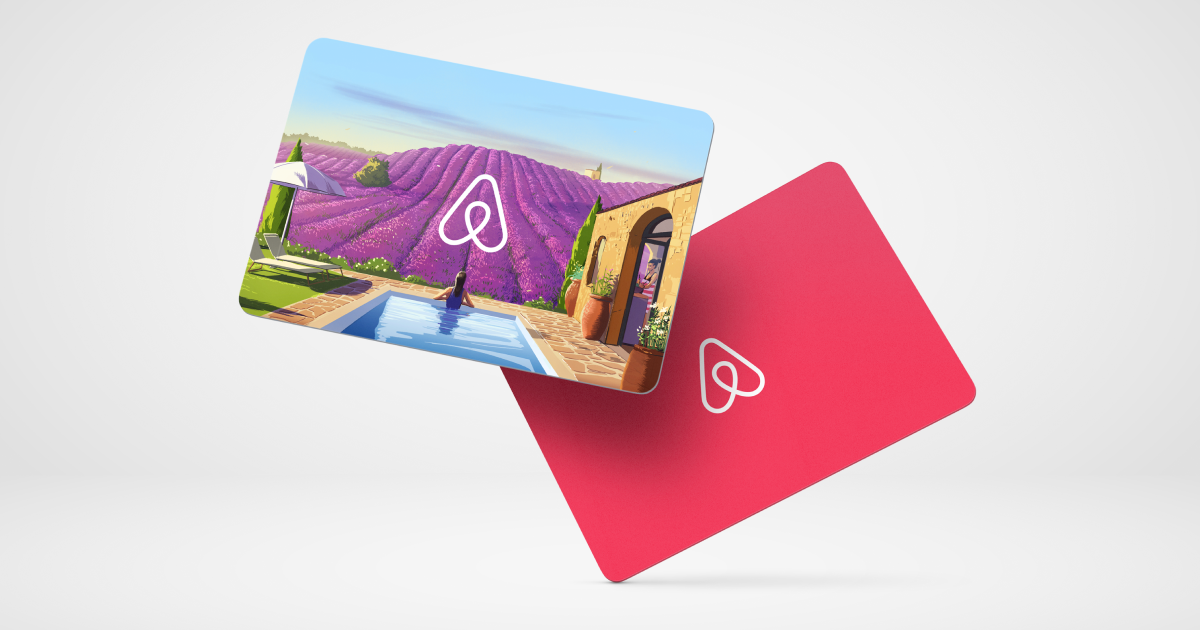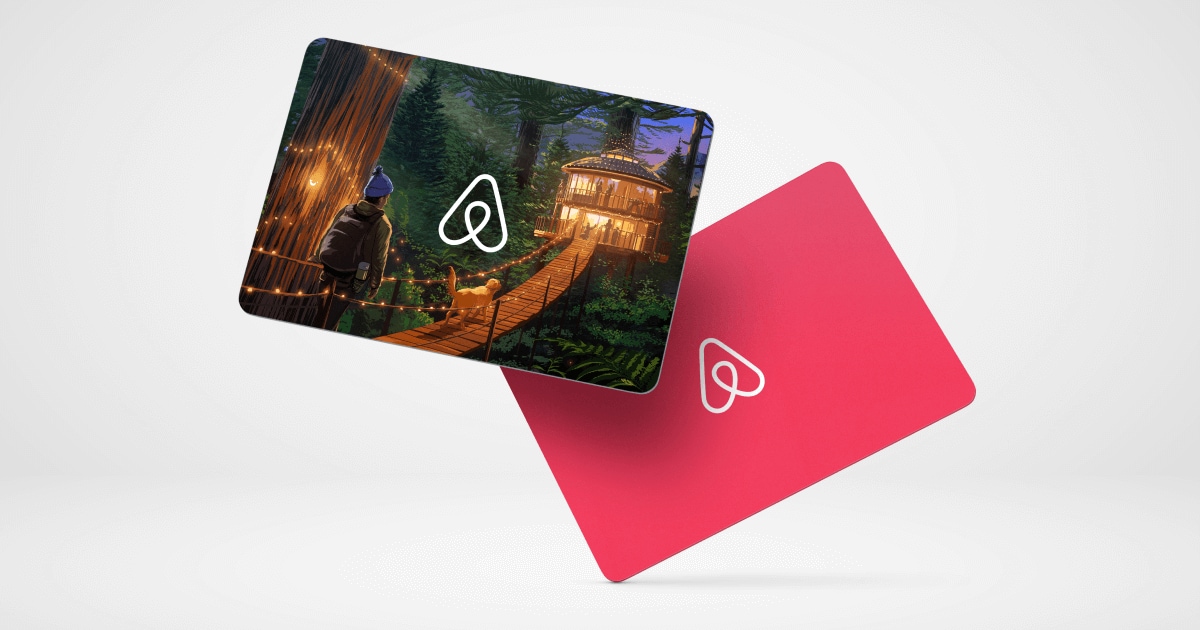Discover Pandipedia
Pandipedia is the world's first encyclopaedia of machine generated content approved by humans. You can contribute by simply searching and clicking/tapping on "Add To Pandipedia" in the answer you like. Learn More
Expand the world's knowledge as you search and help others. Go you!

Yung Filly's comedy is characterized by his infectious energy and relatability, traits that stem from his loud upbringing in a family that encouraged confidence through humor. He expresses that what audiences see on screen reflects his genuine personality, stating, “what you see on the screen is actually me”[2]. His comedic style combines fun skits and engaging content that resonates with viewers, especially in his 'Asking Awkward Questions' series, which showcases his relatability and ability to connect with the audience[3][5].
In contrast to more scripted content, Yung Filly's approach often emphasizes spontaneity and authenticity, as illustrated by his preference for creating raw, unscripted videos with friends like Chunkz, which he finds effective in engaging viewers[5].
Let's look at alternatives:
- Modify the query.
- Start a new thread.
- Remove sources (if manually added).
- Request a manual search from our human research team.

Tyree Island was a challenging location due to multiple factors[1]. It lacked any shelter for shipping and most of its surface was composed of sand[1].
Because of these issues, everything needed to be brought to Tyree Island including; fuel, craftsmen, building materials, and tools[1]. The island was also remote from markets, had inaccessible shores, and stormy seas[1].
Let's look at alternatives:
- Modify the query.
- Start a new thread.
- Remove sources (if manually added).
- Request a manual search from our human research team.
Get more accurate answers with Super Search, upload files, personalised discovery feed, save searches and contribute to the PandiPedia.

Introduction to Language Models
Large, unsupervised language models (LMs) have demonstrated impressive capabilities in various tasks, leveraging immense amounts of text data to gain knowledge and reasoning skills. However, controlling the behavior of these models has proven challenging due to their unsupervised nature. Traditional methods of incorporating human feedback into the training process have faced complexities, often requiring first a reward model that reflects human preferences before fine-tuning the model with reinforcement learning from human feedback (RLHF)[1].
The Challenge of RLHF
The process of Reinforcement Learning from Human Feedback (RLHF) involves iterating between creating a reward model based on human preferences and training the language model. Among its drawbacks, RLHF can become unstable and computationally intensive due to the necessity of aligning the model closely with human feedback without deviating too far from its pre-trained state. This instability arises when the reward model does not capture the true preferences effectively, leading to suboptimal performance in generating responses that meet user expectations[1].
Direct Preference Optimization (DPO)
To address these challenges, researchers propose Direct Preference Optimization (DPO). This novel approach simplifies the reward learning process by directly optimizing the policy to satisfy human preferences. Unlike traditional RLHF methods that rely on an explicit reward model, DPO seeks to align the language model's outputs with human preferences directly. This is achieved through an implicit representation of the reward model, such as the Bradley-Terry model, which facilitates more straightforward optimization of model responses[1].
Advantages of DPO
DPO is highlighted for its stability and efficiency, as it eliminates the need for complex RL algorithms while still achieving desirable performance outcomes. DPO's approach consists of four main benefits:
Simplicity: DPO allows for optimization without the complexities involved in constructing a reward model, greatly simplifying the implementation process.
Computational Efficiency: The algorithm prioritizes human preferences directly, leading to a more stable training process that conserves computational resources compared to RLHF methods[1].
Improved Policy Learning: DPO consistently outperforms existing techniques in various scenarios, leading to better adherence to the desired characteristics of the generated content.
Dynamic Importance Weighting: The framework employs dynamic weighting, which adjusts the importance of different human preferences during policy optimization, ensuring that the model learns to prioritize a wider range of user expectations.
The Mechanism Behind DPO
DPO operates by maximizing a reward function derived from human preferences and applying reinforcement learning concepts to refine the output policy of LMs. This directly contrasts with RLHF, which typically involves a secondary sampling process based on human feedback and an uncertainty over the reward modeling that can lead to inefficiencies and unstable training cycles[1].
The algorithm aims to adjust the policy model parameters such that it can predict the preferred response accurately, effectively transforming the preference data into a loss function that can guide training. Hence, DPO streamlines the training pipeline, optimizing the language model more intuitively aligned with human expectations.
Experimental Evaluation

To ensure the effectiveness of DPO, extensive experiments were conducted comparing its performance against traditional RLHF methods. The studies focused on summarization and dialogue tasks, revealing that DPO not only achieves better alignment with human preferences but also demonstrates superior robustness across varying hyperparameters. Specifically, DPO shows better performance than methods that rely on human labeling, indicating that it can efficiently adapt to different input distributions and minimize discrepancies in model outputs[1].
Conclusion and Future Directions
The emergence of Direct Preference Optimization underscores a paradigm shift towards more reliable and efficient training frameworks for language models. By simplifying the interaction between human preference data and model training, DPO enhances the ability of language models to generate responses that are not only accurate but also reflect nuanced human expectations.
Future research directions include exploring advanced methods for incorporating more explicit feedback mechanisms into DPO frameworks, further improving the adaptability of language models across various applications. Also, investigating the implications of adapting DPO to other domains of artificial intelligence could broaden its applicability and enhance other model performance metrics[1].
In summary, DPO represents a significant advancement in the field of natural language processing, promising to make interactions with language models more aligned with user desires while maintaining efficiency and consistency in training.
Let's look at alternatives:
- Modify the query.
- Start a new thread.
- Remove sources (if manually added).
- Request a manual search from our human research team.
Google builds a good product by prioritizing user quality and advertiser satisfaction. The search ads quality team aims to show delightful ads that meet user needs, ensuring satisfied users return, which benefits advertisers focused on their business objectives[1].
Additionally, Google continuously innovates to stay competitive, valuing feedback from advertisers to enhance product features[1]. They also seek to inject competition into areas like smartphones, which promotes more search usage and emphasizes the importance of defaults[2]. This approach ensures Google provides universal access to information while improving the overall user experience[2].
Let's look at alternatives:
- Modify the query.
- Start a new thread.
- Remove sources (if manually added).
- Request a manual search from our human research team.

A SAG card, also known as a SAG-AFTRA membership card, confirms that an individual is part of the Screen Actors Guild (SAG), which is a labor union representing actors in film, television, and radio. This card provides access to various benefits and privileges, including health and pension plans, industry discounts, and eligibility to work on union projects, which are often required for television and film roles[1][2][3].
Earning a SAG card is considered a significant milestone in an actor's career, akin to obtaining a driver's license, as it indicates professional status within the industry[2][3]. To become eligible for a SAG card, individuals must meet specific criteria, such as being hired for a speaking role in a union project or working as a background actor in SAG productions[1][4]. Once eligible, actors must submit application paperwork and pay a fee to officially join the union[3][4].
Let's look at alternatives:
- Modify the query.
- Start a new thread.
- Remove sources (if manually added).
- Request a manual search from our human research team.
Let's look at alternatives:
- Modify the query.
- Start a new thread.
- Remove sources (if manually added).
- Request a manual search from our human research team.
Get more accurate answers with Super Search, upload files, personalised discovery feed, save searches and contribute to the PandiPedia.

Mindfulness can significantly enhance overall health by improving mental well-being and emotional regulation. It allows individuals to focus on the present moment, reducing symptoms of anxiety and depression, and enhancing emotional control, which is crucial for managing conditions like borderline personality disorder[4][5]. Mindfulness practices, such as meditation and body awareness, can lead to better stress management and help individuals cope with chronic pain and illnesses[2][3][5].
Furthermore, mindfulness may have physiological benefits, including lowering blood pressure, improving immune responses, and slowing cognitive decline associated with aging[4][5]. Overall, incorporating mindfulness into daily life promotes a healthier lifestyle and supports both mental and physical health outcomes[3][5].
Let's look at alternatives:
- Modify the query.
- Start a new thread.
- Remove sources (if manually added).
- Request a manual search from our human research team.
langdetect
A port of Google's language-detection library that supports 55 languages and uses a probabilistic model based on character n-grams for detection[1][2].
Natural Language Toolkit (NLTK)
A comprehensive library for NLP tasks, including language detection based on statistical models[6].
Let's look at alternatives:
- Modify the query.
- Start a new thread.
- Remove sources (if manually added).
- Request a manual search from our human research team.

MasterClass Membership
Access to thousands of classes taught by renowned professionals in various fields, perfect for someone wanting to learn a new skill or hobby[2].

StoryWorth Custom Book Subscription
A year’s worth of thought-provoking questions for a loved one to answer, which can be compiled into a hardcover book at the end[2].

Atlas Coffee Co. Subscription
A monthly delivery of freshly roasted coffee from around the world, ideal for coffee enthusiasts[2].
Tinggly Minibreak for Two
A redeemable night at one of thousands of hotels worldwide, providing a flexible getaway option without the need to choose a location in advance[5].
Airbnb Experiences Gift Card
Allows gifting of experiences like cooking classes or guided tours in various locations[5].
Chef’s Table Cooking Class
Online cooking classes with renowned chefs, providing an opportunity to learn high-level cooking techniques at home[5].

SpaFinder Gift Card
Gift a spa day with various services available at participating locations across the country[5].
Escape Room Experience
A fun, immersive puzzle-solving experience that can be enjoyed with friends or family[2].

Blue Apron Subscription
A meal kit delivery service with easy-to-follow recipes and ingredients for home-cooked meals[3].
Wine Tasting Experience
Experience wine tasting at a local vineyard, learning about various wines from experts in the field[4].
Let's look at alternatives:
- Modify the query.
- Start a new thread.
- Remove sources (if manually added).
- Request a manual search from our human research team.

Transformative Impact of Digitalization
The rapid advancement of technology has significantly transformed the art landscape, leading to innovative new forms of expression while simultaneously reshaping the way art is created, shared, and experienced. Digital tools such as graphic tablets and sophisticated software have allowed artists to explore a range of techniques previously deemed impossible with traditional media[1][7]. This shift towards digitalization has resulted in an exciting fusion of contemporary and traditional artistic practices, providing artists with new platforms to present their work to a broader audience.

As accessibility to digital art tools increases, more aspiring artists can now engage in artistic creation without the financial and spatial limitations once imposed by traditional methods[3][4]. This democratization has encouraged diversity within the artistic community, which also challenges established notions of artistry by introducing fresh perspectives and identities[1]. The collaboration between artistic and technological fields has fostered a unique environment where innovation thrives, as artists experiment with, and incorporate, various digital elements into their works.
Interactivity and Audience Engagement
Technological advancements have not only changed how art is created but have also transformed the relationship between artists and their audience. The rise of social media platforms has revolutionized the promotion and distribution of art, enabling artists to share their creations with a global audience and facilitating real-time engagement with viewers[3][7]. Through platforms like Instagram and YouTube, artists can showcase their portfolios and behind-the-scenes processes, creating a direct line of communication that fosters community and feedback[1][7].
Moreover, artists are increasingly utilizing interactivity in their works, inviting audiences to participate in the artistic experience. This is manifested through immersive installations that blend art with technology, allowing viewers to engage with works in dynamic and meaningful ways[1][4]. Such interactive experiences not only enhance appreciation for the art but also encourage deeper dialogues surrounding the themes and concepts driving the creation, further enriching the artscape.
The Role of Artificial Intelligence

One of the most compelling intersections of art and technology in contemporary times is the role of artificial intelligence (AI). Artists like Jonathan Yeo, Von Wolfe, and Henry Hudson are exploring AI's potential to redefine creative boundaries and questioning its implications for artistic authenticity and ownership[2][5]. These artists integrate AI into their creative processes, producing works that challenge traditional conceptions of what constitutes art and authorship[2]. Hudson's work, for example, navigates questions of control and coherence in an increasingly digital landscape, prompting viewers to reflect on the influence of technology on human expression[5].
AI-generated art not only raises discussions about the nature of creativity but also showcases AI’s power to inspire new ideas, pushing artists to explore previously uncharted territories in their practice[6][7]. This dynamic relationship between artists and AI facilitates a contemporary resurgence in thought regarding the essence and originality of artistic expression, as traditional separations between human and machine creativity continue to blur.
Virtual Reality and New Perspectives

Virtual reality (VR) is another domain where technology profoundly impacts artistic practices. Artists are using VR to create fully immersive experiences that challenge the limitations of physical media[4][7]. This level of engagement enables audiences to step into the artwork, experiencing it from unique perspectives that enrich interpretation and connection[1][3].
Virtual and augmented reality technologies also invite viewers to interact with art in unprecedented ways, breaking down the barriers between the real and the imagined. Artists employing these technologies can push thematic boundaries, exploring narratives that resonate with contemporary issues and engaging audiences in transformative, participatory experiences[7]. The adoption of VR signifies a new frontier in art, suggesting that the future of art might revolve around digital interfaces that allow for greater exploration of human experience.
Commercial Implications and NFTs

The technological shift in the art world has also led to significant commercial developments, notably the advent of Non-Fungible Tokens (NFTs). NFTs offer a novel means for artists to monetize their digital creations, granting them control over the value and ownership of their art within a new digital economy[3][6]. This innovation has redefined art sales and ownership, establishing a platform where digital works can hold unique significance and value, independent of their traditional counterparts.
While the rise of NFTs introduces exciting opportunities for artists to engage in the digital marketplace, it also raises questions about originality and the environmental impacts associated with blockchain technology[3][6]. The discussion surrounding NFTs highlights an essential facet of the relationship between art and technology: that while technological advancements present new possibilities, they come alongside ethical considerations and challenges that the art community must navigate.
Conclusion
The relationship between art and technology is a dynamic and evolving narrative shaped by each advancement. As digital tools continue to influence artistic creation and dissemination, the art world increasingly embraces the infinite possibilities that these developments bring. Through the integration of AI, virtual reality, and more, artists are redefining their identities and engaging with audiences like never before, ensuring that the evolution of art remains a vibrant journey characterized by innovation and creativity in the digital age[1][2][7]. As this interplay deepens, it will be crucial to address the ethical and accessibility challenges that accompany technological progress, creating an inclusive and sustainable future for the arts.
Let's look at alternatives:
- Modify the query.
- Start a new thread.
- Remove sources (if manually added).
- Request a manual search from our human research team.









